The P-80 Shooting Star was the first operational U.S. jet fighter.
Over the past 80 years, the air forces of the world have ripped through the skies in five generations of jet fighters. The common denominator of all five generations is the jet engine, an invention so revolutionary that the U.S. didn’t build a single fighter with propellers after the technology had been proven.
The jet engine unlocked incredible performance, allowing fighters to finally pierce the sound barrier, carry payloads of bombs once reserved for heavy bombers, and soar to the edge of space. Here’s the history of all five generations and the one to come: the sixth-generation fighter.
JUMP TO:
- 1942 | 1st Generation: Comets and Shooting Stars
- 1958 | 2nd Generation: Dawn of the Jet + Missile
- 1961 | 3rd Generation: The Jet Engine Fully Realized
- 1964 | The Swing Wing
- 1971 | Vertical Takeoff and Landing
- 1978 | 4th Generation: The Gen That Won’t Go Away
- 1983 | Stealth
- 2005 | 5th Generation: Raptors & Company
- 2020 | 6th Generation
1942 | 1st Generation: Comets and Shooting Stars
 |
| The Gloster E.28/39, (also referred to as the Gloster Whittle, Gloster Pioneer, or Gloster G.40) was the first British turbojet-engined aircraft first flying in 1941. It was the third turbojet aircraft to fly after the German Heinkel He 178 (1939) and the German Heinkel He 280 (1941). |
In 1941, the first Allied jet-powered aircraft, the British Gloster E.28/39, was demonstrated in secrecy to U.S. Army Air Force officials, who then directed American industry to develop a jet fighter of its own. In a crash program, Bell Aircraft developed the P-59 Airacomet, America’s first jet aircraft. The Airacomet was developed in great secrecy, so much so that Bell laid tarps over the fuselage to hide the plane’s huge air intakes—a feature only found in jet aircraft—and mounted a fake propeller to the nose. The aircraft flew in October 1942 but never saw combat.
The Airacomet was quickly followed by another plane, the Lockheed P-80 Shooting Star. The P-80 was also developed on a compressed time frame, beginning development in 1943, with first flight in 1944. The Shooting Star was the first plane to exceed 500 mph in level flight, eventually reaching up to 580 mph. The plane was developed as a high-altitude interceptor, its jet engines allowing it to gain a height advantage over prop-driven aircraft, then pounce on them from above. The P-80 flew only a handful of reconnaissance missions in Europe before VE Day but saw extensive combat in the Korean War. The P-80 was a guns-only aircraft, mounting six .50 caliber machine guns in the nose.
1958 | 2nd Generation: Dawn of the Jet + Missile
The North American F-86 Sabre was not the first American jet fighter, but it was the first jet fighter armed with air-to-air missiles, a powerhouse combination that still dominates today. The was enormously successful, with nearly 10,000 aircraft built and flown with 30 countries worldwide, including both the U.S. Air Force and the U.S. Navy. The F-86 is considered a second-generation fighter jet, trailing wartime jets like the Me262 and Meteor by just a few years.
In 1958, F-86 fighters of the Republic of China Air Force were involved in aerial skirmishes with People’s Liberation Army Air Force MiG-15 and MiG-17 fighters over the Taiwan Strait. Under Operation Black Magic, the Air Force sent twenty F-86s fitted to carry AIM-9B Sidewinder infrared guided air-to-air missiles to Taiwan. Taiwanese pilots claimed a total of 25 Sidewinder kills against the MiGs, disrupting 50 years of gun vs. gun air combat.
1961 | 3rd Generation: The Jet Engine Fully Realized
In U.S. military service between 1961 and 1996, the F-4 Phantom was the promise of the modern jet engine delivered. The J-79 jet engine, exponentially more powerful than the radial engine, made for faster fighters that could carry bomb loads greater than World War II bombers. The F-4 was a multi-role aircraft capable of functioning in the air superiority, strike, close-air support, reconnaissance, and air defense suppression roles. The F-4 was considered a third-generation fighter jet.
The F-4 Phantom debuted just 16 years after the end of World War II. With a top speed of 1,711 mph, the F-4 was four times faster than the legendary P-51D Mustang and could fly twice as high, to a maximum altitude of 60,000 feet. Although it weighed less than half as much as the B-29 Superfortress heavy bomber it could carry 50 percent more munitions, up to a combined load of 18,000 pounds of bombs, missiles, and sensor pods. The F-4 did all this with a crew of two, nine fewer crew members than the B-29.
1964 | The Swing Wing
One of the coolest innovations in aviation during the Cold War was the variable geometry wing, or “swing wing.” A plane with wings angled forward had superior handling characteristics at lower speeds, while wings angled rearward was superior for high-speed flight. The swing wing allowed engineers to design a plane that enjoyed the best of both worlds, a plane with wings mounted on hinges that allowed them to be angled forward or rearward in flight.
The first American swing wing aircraft was the F-111 “Aardvark,” a fighter bomber design that ultimately specialized in low-altitude bombing runs. The second aircraft was the iconic F-14 Tomcat, which took off and landed with wings forward and dashed to intercept enemy planes with wings swept back. Swing wings gradually fell out of favor, due to their weight and mechanical complexity, replaced with computer-aided controls.
1971 | Vertical Takeoff and Landing
In 1971, the U.S. Marine Corps took delivery of the world’s first vertical takeoff and landing fighter. The AV-8A Harrier, developed by the U.K.’s Hawker Siddeley, was powered by a Rolls-Royce Pegasus engine that could vector thrust horizontally, vertically, or any angle in-between. The result was a unique fighter that wasn’t reliant on airport runways, could operate from U.S. Navy amphibious ships, and was highly maneuverable in a dogfight.
The AV-8A Harrier was eventually replaced by the more capable AV-8B Harrier II. The Marine Corps became so wedded to the concept of short or vertical takeoff fighters it insisted on a special version of the F-35 Lightning II, the F-35B, with similar characteristics.
1978 | 4th Generation: The Gen That Won’t Go Away
The Vietnam War took a heavy toll on U.S. fighter aircraft. The American wartime experience, which saw large, lumbering, third-generation jets underperform in visual range dogfights with North Vietnamese fighter jets, resulted in fighters like the F-16 Fighting Falcon, which debuted in 1978. The F-16 combined high thrust-to-weight ratios with exceptional maneuverability to create a dogfighter with few equals.
The addition of precision-guided munitions, directed by a navigation/targeting pod, updated radars, and new, improved air-to-air missiles such as the AIM-9L Sidewinder and AIM-120 AMRAAM, have kept fourth-generation planes relevant for far longer than previous generations. Today, 45 years since the first F-16A entered service, the aircraft is still in production, with new F-16Vs are rolling off assembly lines in South Carolina.
1983 | Stealth
Forty years ago, the concept of radar-evading aircraft was considered a dream. Heavy aircraft losses during the Vietnam War prompted the question: what if a plane could be built that was undetectable on radar? An aircraft, its exterior carefully crafted to reduce radar reflections and coated with a radar-absorbing paint, could in theory slip through enemy defenses without alerting them. Paired with laser-guided bombs, such an aircraft could not only achieve a high level of bombing accuracy but also survivability.
Unbeknown to the dreamers of 1983, a stealth “fighter” was already flying in secret. The F-117A Nighthawk, developed, built, and flown in total secrecy, was operating out of the Tonopah Test Range in Nevada. Fifty-nine aircraft were eventually built, their first taste of combat being the invasion of Panama in 1989. The F-117A later flew in Operation Desert Storm in 1991, the U.N. intervention in Yugoslavia in 1999, the invasion of Afghanistan in 2001, and the invasion of Iraq in 2003.
2005 | 5th Generation: Raptors & Company
In the late 1980s, the Advanced Technology Fighter program set out to field a new fighter to replace the F-15 Eagle. This new fighter would be the first air-to-air fighter to incorporate stealth from the ground up, Pratt & Whitney F119 engines powerful enough to allow it to cruise above the speed of sound, and an active electronically scanned array radar that could detect enemy targets at long ranges. The end of the Cold War slowed development, but the fighter—the F-22 Raptor—debuted in 2005.
As the first fifth-generation fighter, the F-22’s characteristics would come to define the generation. The F-22 was followed by the Chinese Chengdu J-20 “Mighty Dragon,” the Sukhoi Su-57, and the American F-35 Lightning II, all of which share the F-22’s feature set. Only 195 F-22s were ever built.
2020 | 6th Generation
The F-22 and F-35 were developed during a time of relative peace, and as a result, each took more than a decade to go from the drawing board to the hangar. Increased competition with Russia and China, both of whom have developed their own fifth-generation fighters, have led the Air Force and the Navy to begin work on the first sixth-generation fighters. The services are designing their own, separate fighter jets, both called Next Generation Air Dominance (NGAD).
In September 2020, the Air Force revealed it had designed, tested, and flown a prototype NGAD fighter jet. Three years later, we still don’t know what it looks like, or what it is capable of. Although it’s still early, likely features that will define sixth-generation fighters will include multipurpose, reconfigurable radars, pilotless combat drones that act as robotic wingmen, and adaptive cycle engines that can optimize for speed or fuel efficiency at the press of a button.

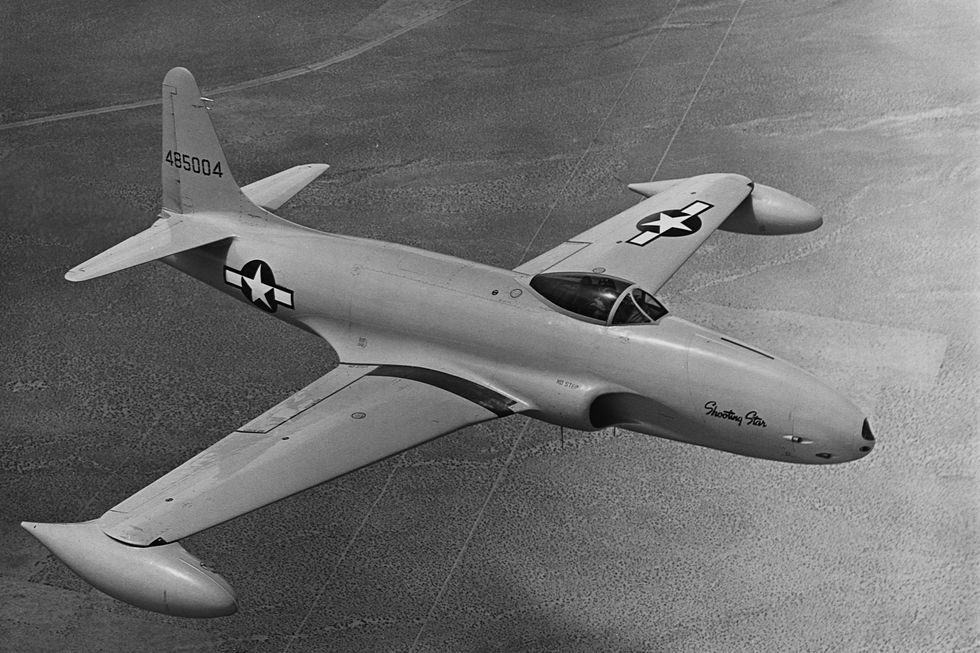
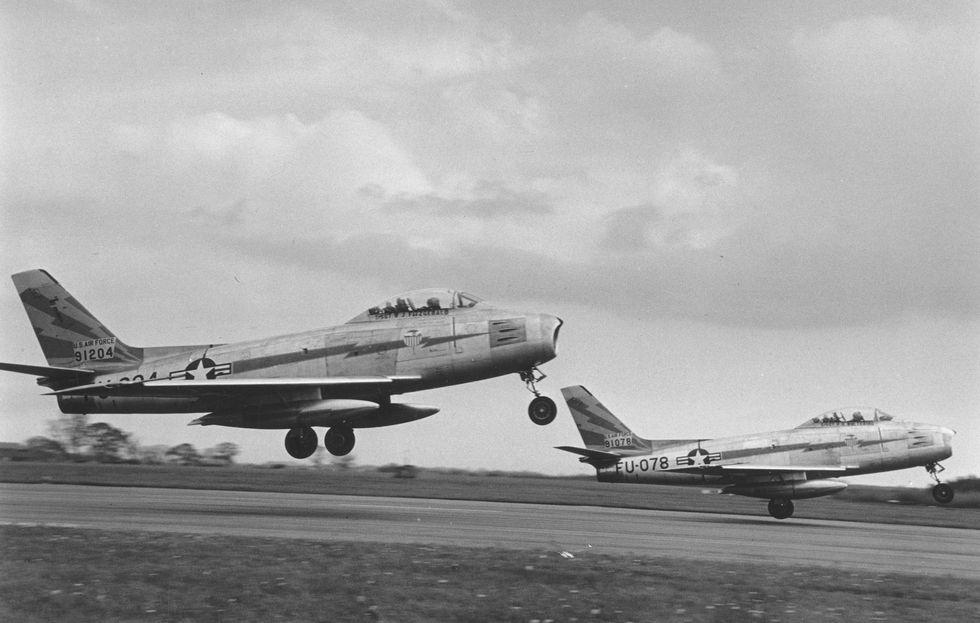
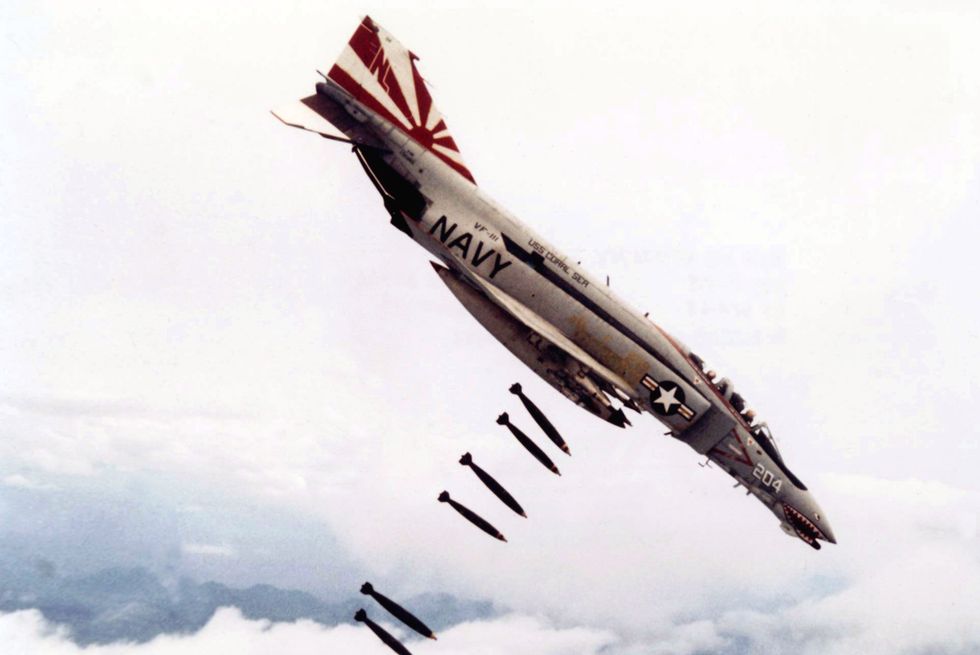
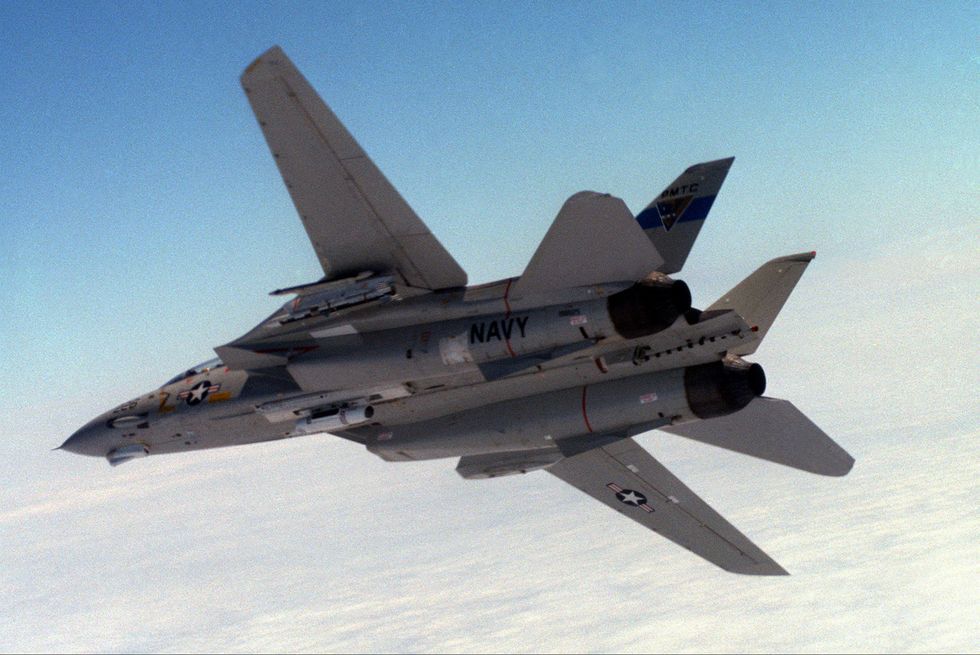
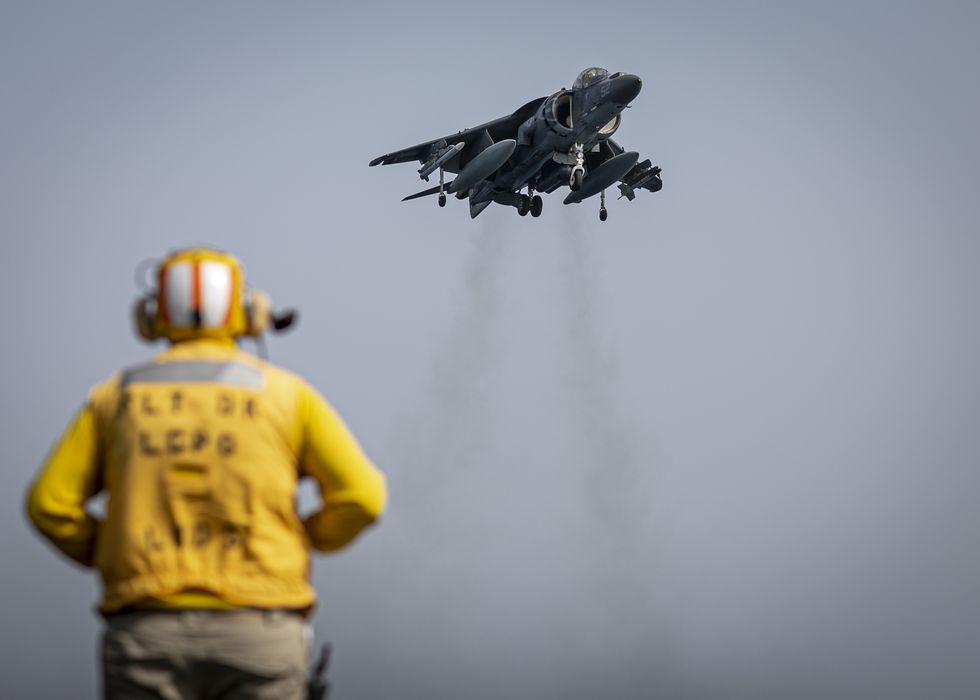
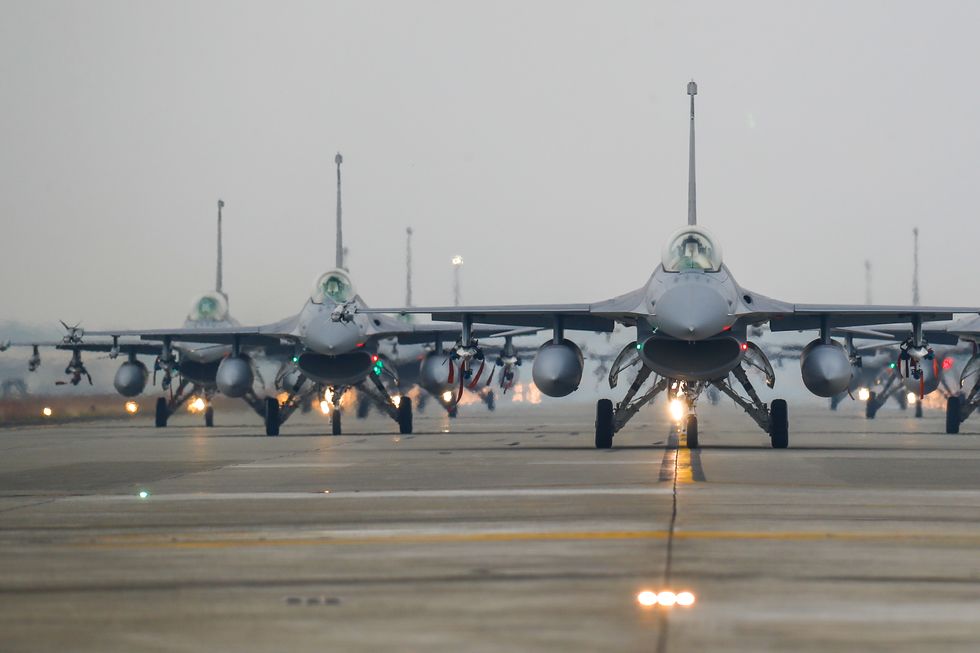
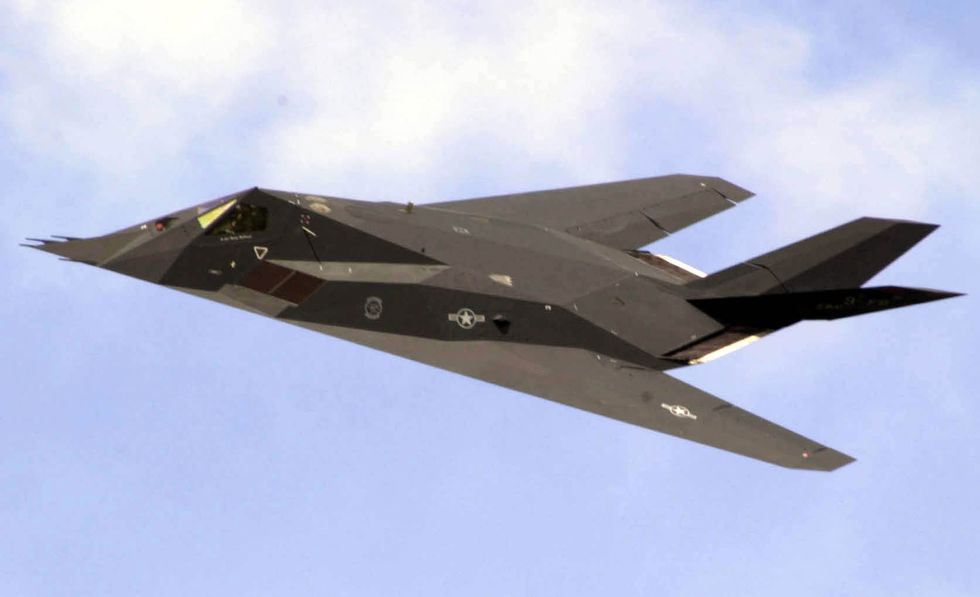
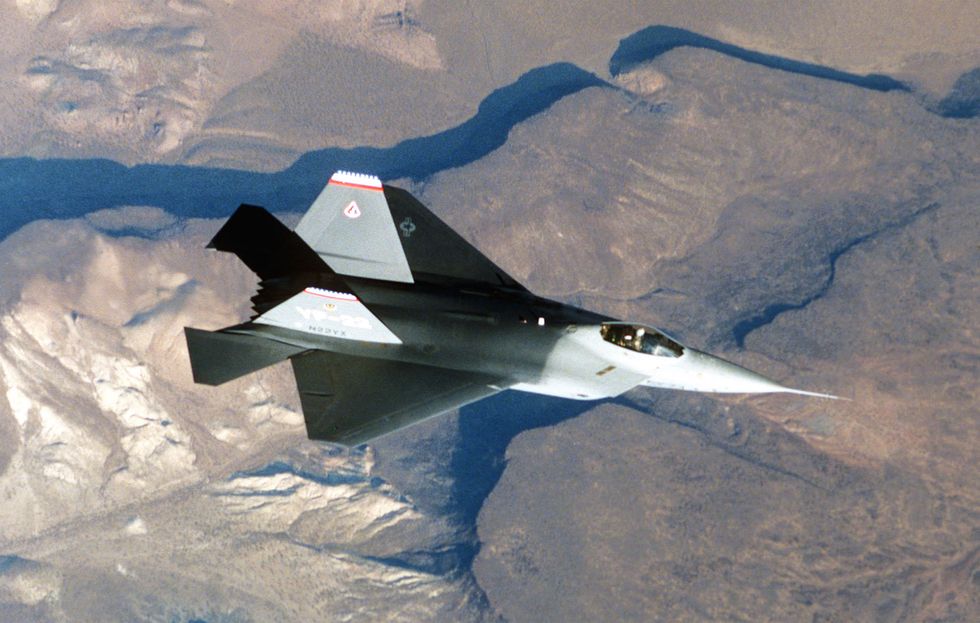











No comments:
Post a Comment
How did you like the post, leave a comment. I would appreciate hearing from you all. Best wishes from JC's Naval, Maritime and Military News